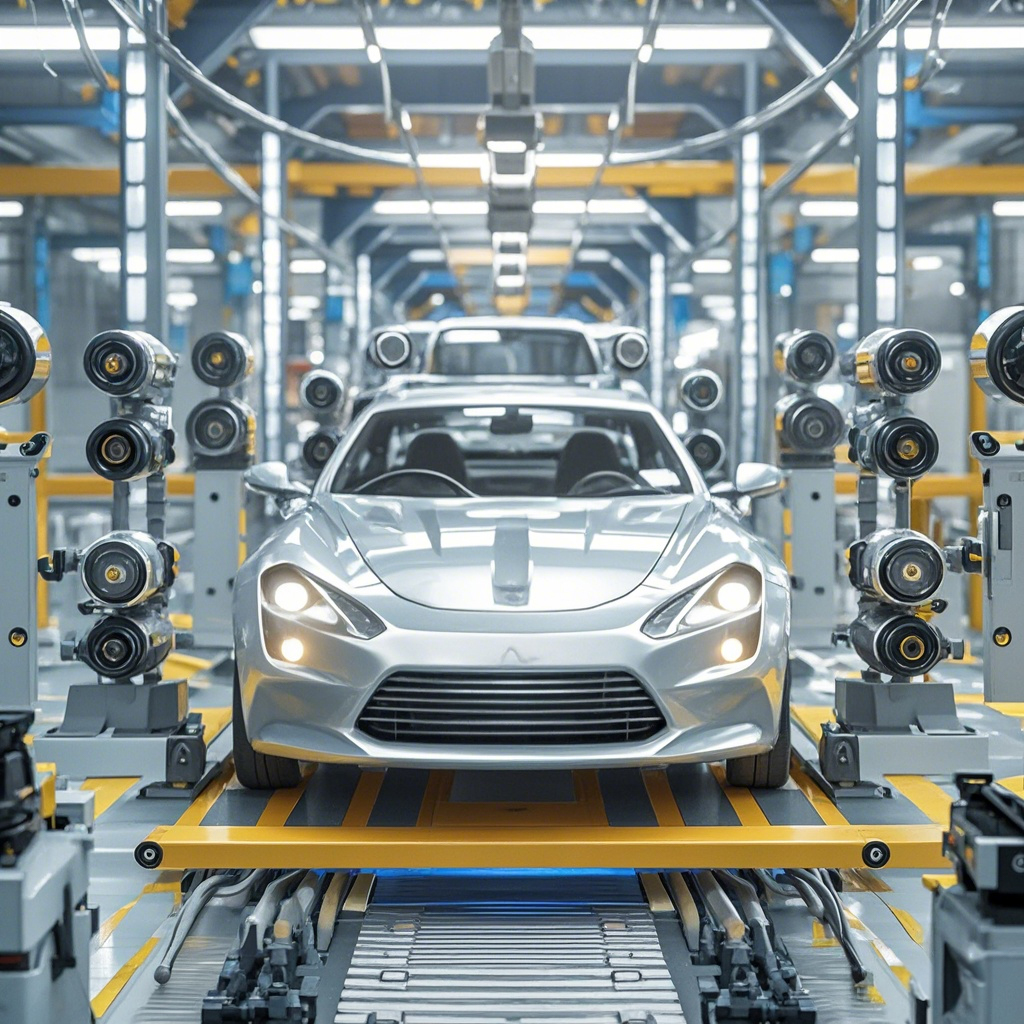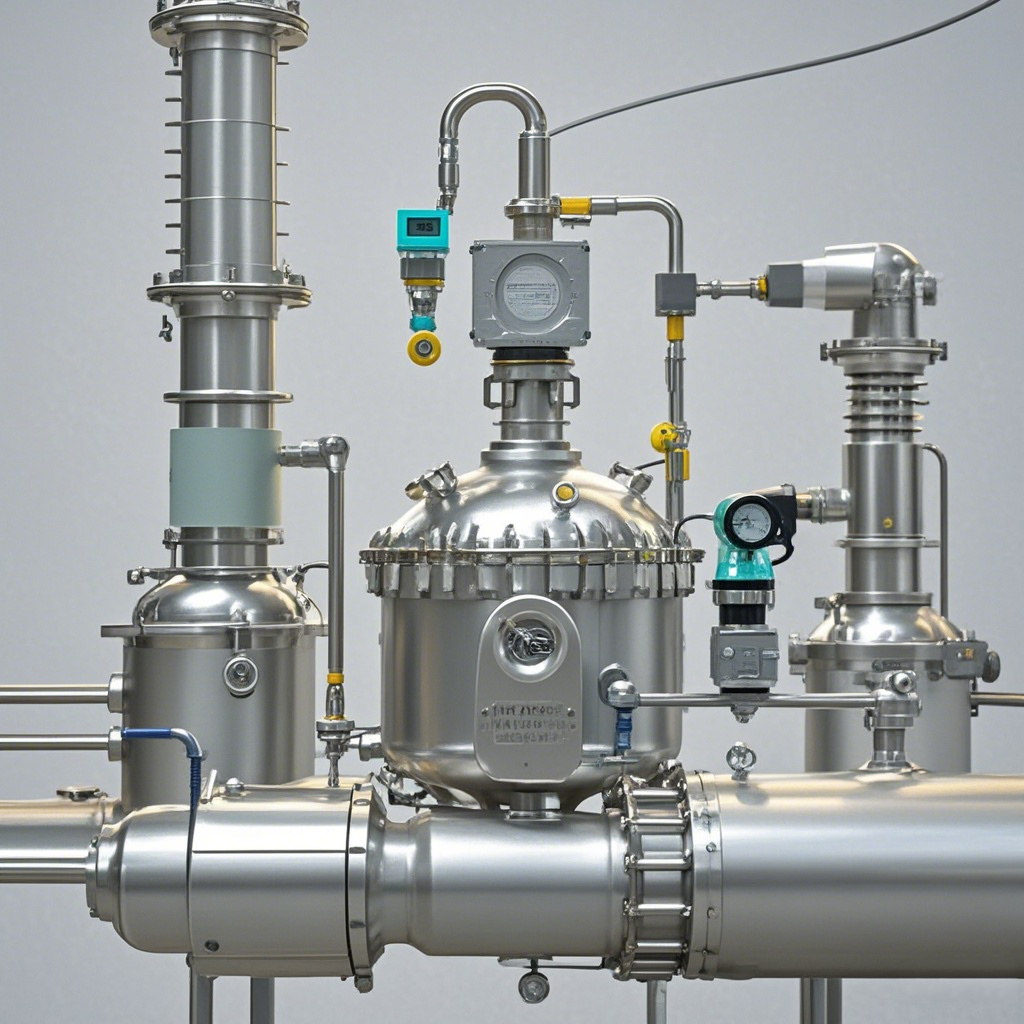Focus on digitalization
I. Introduction
(1) Real-time Data Acquisition
Industrial sensors are capable of continuously collecting key parameters such as temperature, pressure, and level during the production process. These data are transmitted digitally to central control systems, enabling businesses to stay updated on production status and provide data-driven support for process optimization.
(2) Precise Monitoring and Control
With high-precision measurement capabilities, sensors enable precise monitoring and control of industrial production processes. For instance, temperature sensors ensure that the production environment remains within the optimal temperature range, pressure sensors prevent equipment overloads, and level sensors avoid liquid overflow, thus improving production efficiency and product quality.
(3) Predictive Maintenance
By analyzing sensor data, companies can predict potential equipment failures in advance and implement predictive maintenance strategies. This not only reduces downtime and maintenance costs but also enhances equipment reliability and extends its service life.
In automotive manufacturing plants, a wide range of temperature, pressure, and level sensors are deployed along production lines. These sensors monitor critical parameters such as temperature and pressure during engine manufacturing, ensuring product quality and stability. Additionally, with the help of digital systems, companies can analyze production data in real-time, optimize workflows, and improve production efficiency. For example, one automotive manufacturer successfully reduced engine defect rates and improved product reliability by installing high-precision pressure sensors on their production line.

Petrochemical enterprises have extremely high requirements for monitoring temperature, pressure, and liquid levels. The integration of sensors with digital technologies provides real-time and accurate monitoring solutions. For example, during the refining process, temperature and pressure sensors can continuously track the conditions inside reactors, ensuring production safety. At the same time, digital systems can analyze sensor data to optimize processes and improve product quality. By adopting advanced sensors and digital solutions, a petrochemical company achieved intelligent management of its production processes, reduced operating costs, and enhanced overall competitiveness.

IV. Future Development Trends of Industrial Sensors
(1) Intelligence
With the advancement of artificial intelligence and machine learning, future industrial sensors will become increasingly intelligent. They will be capable of automatically analyzing data, detecting anomalies, and providing alerts and recommendations, offering smarter decision-making support for enterprises.
(2) Wireless Connectivity
The development of wireless sensor technologies will make installation and usage more convenient. Enterprises will be able to monitor and manage sensor data in real time via wireless networks, reducing installation costs and simplifying maintenance.
(3) Integration
Future industrial sensors will feature greater integration, with multiple sensing functions combined into a single device. This will enable simultaneous monitoring of multiple parameters, further enhancing performance and reliability while lowering costs.
V. Conclusion
The integration of industrial sensors with digital technologies is an inevitable trend in industrial development. Through real-time data acquisition, precise monitoring and control, and predictive maintenance, industrial sensors provide strong digital support, helping enterprises improve efficiency, reduce costs, and enhance product quality. As technology continues to advance, industrial sensors will play an even more vital role in digital transformation. Enterprises should actively embrace the digital era, fully leverage the advantages of industrial sensors, and achieve sustainable growth.













